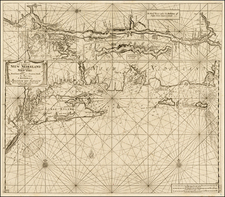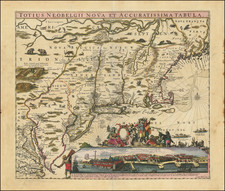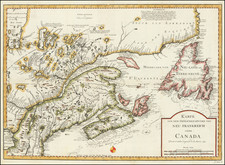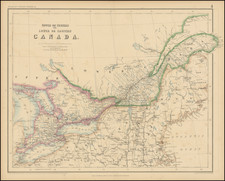Large detailed map of the Northeastern United States, from the District of Main to Michigan, Ohio, Virginia and Delaware, including most of the Upper Chesapeake and the Washington DC area. Highly detailed map, one of the earliest appearances of Michigan Territory. Many early forts still appear in Ohio, Michigan and the Western part of Pennsylvania nad Virginia. Indiana appears south of the Ohio River in Virginia, near Vienna. Ohio is also named Western Territory. The Maine-Canada Boundary disputes are still not resolved. The map names early counties, towns, Indians, etc.
Pinkerton's maps are highly detailed and larger format than contemporary maps by Cary and Thomson, and are prized for their precision and detail.
John Pinkerton (1758-1826) was Scottish literary critic, historian, poet, and geographer. From age twelve he educated himself at home in Edinburgh, as his father had declined to send him to university. His father instead apprenticed John to a lawyer, William Aytoun, but the boy did not like the legal profession. In his spare time, the young man wrote poetry and collected Scottish ballads, which he tried to have published. After the death of his father, Pinkerton moved to London in 1781, to be closer to the vibrant literary scene.
Pinkerton’s earliest publications were collections of ballads. However, a fellow critic uncovered that Pinkerton had forged several of the “ancient” poems and published accusations against Pinkerton in the Gentleman’s Magazine. Throughout the 1780s, Pinkerton published poetry, works on numismatics, and historical works. He corresponded with Sir Walter Scott, Horace Walpole, and Edward Gibbon, but most of his friendships ended in acrimony. Pinkerton was a hypochondriac, unorthodox about morality and religion, and a prickly personality who lived with several women during his lifetime, marrying illegally at least once.
After 1800, Pinkerton turned to geographical works. In 1802 he published Modern Geography, a text that was quite popular and translated into French and Italian. In 1808-15, he produced a New Modern Atlas, which was well received, followed by A General Collection of Voyages and Travels (1808-14). Soon after these projects, Pinkerton moved to Paris, where he lived until he died in 1826.

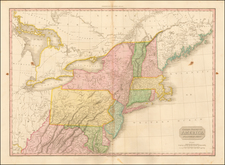








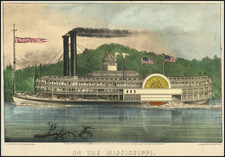
![(Civil War) Stanford's Map of the Seat of War in America. Sheet I. [Mid-Atlantic States]](https://storage.googleapis.com/raremaps/img/small/96007.jpg)
